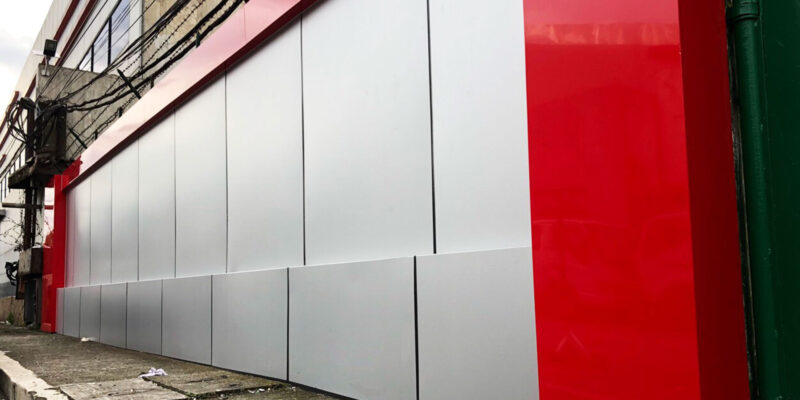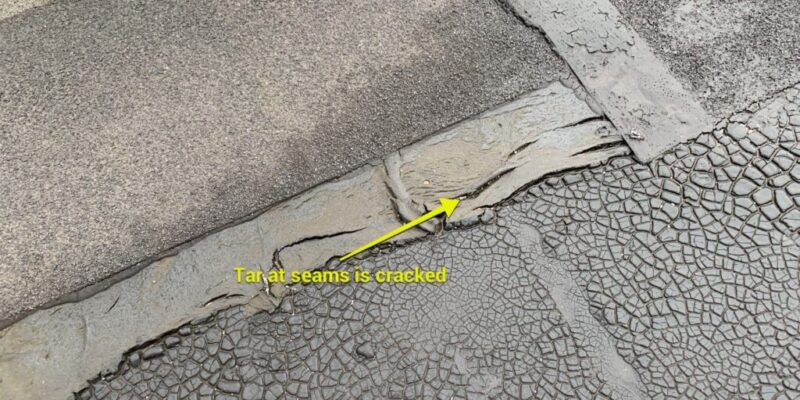Aluminum Composite Material (ACM) panels are a popular choice for commercial buildings due to their durability, versatility, and aesthetic appeal. These panels are made up of two thin layers of aluminum with a polyethylene core, making them lightweight yet strong.
ACM panels are commonly used as external cladding for shopping malls, storefronts, office buildings, airports, hospitals, and other types of commercial architecture. They provide numerous benefits, including:
Eco-friendly: ACM panels are often made from recycled materials, making them an eco-friendly choice.
Customizable: ACM panels come in a wide range of colors and finishes, allowing you to create a unique look for your building.
Cost-effective: ACM panels are relatively inexpensive compared to other cladding materials, making them a cost-effective choice for commercial buildings.
Low maintenance: ACM panels require little maintenance and are easy to clean.
Fire-resistant: ACM panels are fire-resistant, making them a safe choice for commercial buildings.




